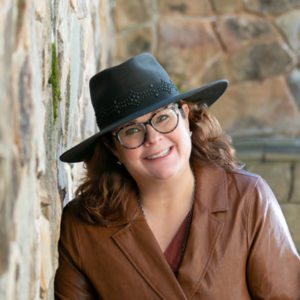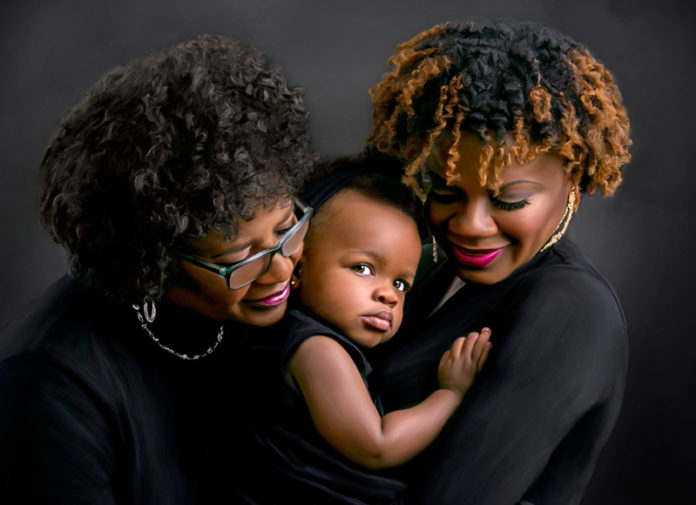by Mary Fisk-Taylor
For over 25 years my business partner, Jamie Hayes, and I have owned and operated a photography studio together. Through these years there have been many changes. We have had to shift our business in every single way. Of course, we went through the digital transition and that was time consuming and very scary. We have had to change our marketing focus from the Baby Boomers to the Generation “X” crowd and now trying to figure out the Millennials and beyond. We learned how to create and maintain a website, build a brand, post on Facebook, Pin, Tweet, Instagram and now tackling the world of You Tube and Vimeo with video and do not get me started on TikTok. Yes, there are a lot of changes in the photography business, and we understand that shift happens, and we must accept the changes.
“Competition is everywhere and I do mean everywhere. So, we have to mind our customer service practices to the ultimate degree.”
However, there are many things, maybe even most things in our studio that have never changed. And, I dare say that they might never have to change. We do pride ourselves on owning a studio that has garnered a sterling reputation, established a brand name with a wide consumer reach and we strive to give platinum customer service 100% of the time. I do believe that these practices have kept us not only in business but allowed us to operate a very profitable and successful small business. These are values that are in the very foundation of the studio that we have built.
There are several other business practices that have not shifted through the years. I truly believe that by staying grounded in these basic policies and relying on the foundation we built has allowed us to create a sustainable business and livelihood in the realm of professional photography. My top five #bemoresuccessful practices are below:
Create, maintain, and follow a sound Business Plan – This seems very rudimentary and even mundane, but it is so important. This is the foundation that our studio operates on throughout the year. Included in my business plan are my short-term and long-term goals, as well as my studio’s mission statement, editorial calendar, marketing plan and pricing as well as product lines.
Follow the Good, Better, Best and WOW when developing your product lines – This is something that I learned from the very beginning, and it is the most basic concept of sales and selling. Generally, people purchase in the middle, then buy the medium or mid-size/range item. So, for me I wanted to put my products that I wanted to sell the most directly in the middle of my price lists. This applies whether it is a la carte products, portrait collections or even our creation fees. When the products or packages that I want to sell the most are in the middle then I tend to sell them the most. This is a very easy way to keep your sales averages exactly where you want them to be. And, in my experience if you are selling too many of your basic products then you are probably giving too much away at that level and if you are selling a lot of your WOW products then raise your prices.
In person or web-based design consultations before portrait sessions – I believe that meeting a client and photographing them without meeting them beforehand would be like creating a dress for someone and not knowing their size. We would never do that, right? I must have a pattern or a blueprint for the session itself. I want to know who we are photographing, the client’s preference for style of photography, images of the space that we are designing for, so I understand color palettes, lighting patterns, etc. I use all this information to help me plan the perfect session for my client.
Photograph for the sale – I often hear photographers complain about not selling albums, or large portraits, or extra images, etc., and the first question I ask is, “Did you photograph for that album (portrait, additional item, etc.)?” It is an easy question and actually something that is really easy to do. However, quite often we just do not do this. Why not? Even after 20 years I approach each and every session with the mind-set that I want to, number one, create a few images that would be appropriate for a wall portrait. Then I make sure that I have “anchor” images to go with it just in case the client decides to purchase a wall portrait collection and then I make sure that I have at least 20 different images that the client can fall in love with and want in a portrait album. By no means do I sell all those items each and every time, but I am much more likely to sell them if I have them to sell. So, photograph for the WOW sale each time.
Be Authentic, Be Transparent and Be Nice – This sounds totally elementary, but it is important. Let’s face it; most of us do not live in communities that have just too few photographers. Competition is everywhere and I do mean everywhere. So, we have to mind our customer service practices to the ultimate degree. Be authentic to who you truly are. Clients will choose you because of YOU, so make sure the person and work that you are sharing is truly a reflection of who you are as a person and an artist. Make sure that all your “rules and requirements” are clear and up front. Do not try to “pull something over on a client.” I promise you that this will not fare well for you in the future. And lastly just be NICE. Say thank you, return phone calls and emails promptly, use kind words in your literature even if it is addressing your “rules.” Take time to write a real thank you note or make a real phone call. Just be nice. It’s free and it goes a long way.
 Mary Fisk-Taylor, M. Photog., Cr., CPP, ABI, API, of Richmond, Virginia, is a Certified StoryBrand Guide and a Profit First Professional in addition to having her MBA. For over 21 years, she and Jamie Hayes have become a dynamic duo of photography with Jamie’s extensive photographic experience and Mary’s creative marketing. They will be teaching “The Best of Both Worlds” at the 2022 Texas School of Professional Photography.
Mary Fisk-Taylor, M. Photog., Cr., CPP, ABI, API, of Richmond, Virginia, is a Certified StoryBrand Guide and a Profit First Professional in addition to having her MBA. For over 21 years, she and Jamie Hayes have become a dynamic duo of photography with Jamie’s extensive photographic experience and Mary’s creative marketing. They will be teaching “The Best of Both Worlds” at the 2022 Texas School of Professional Photography.








